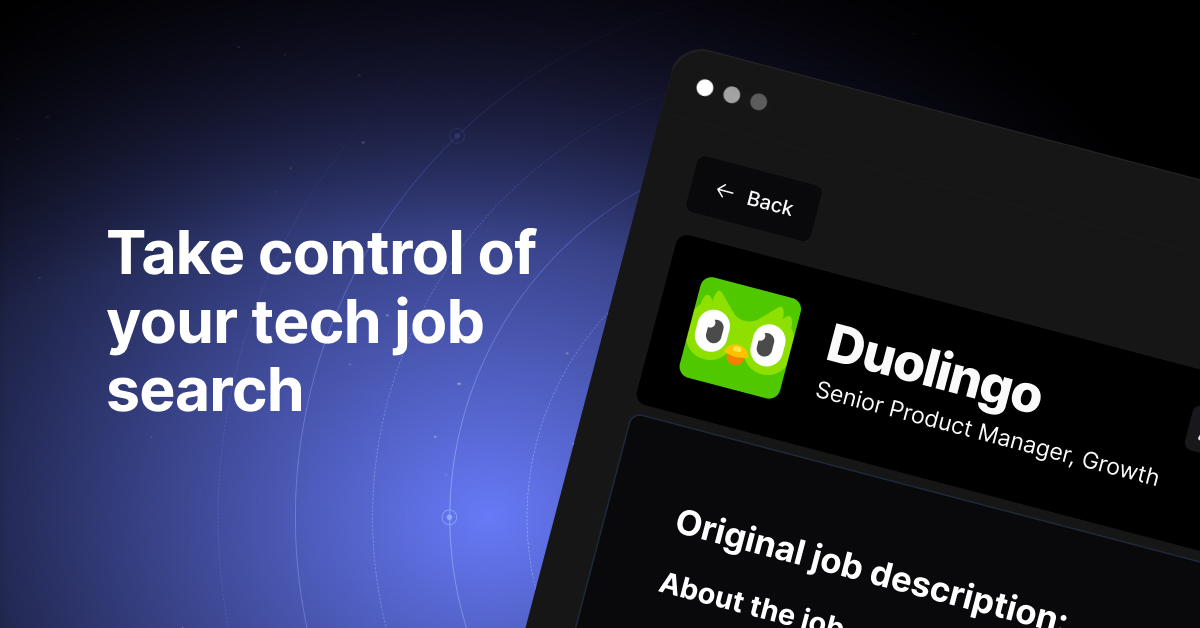How to access a child"s state in React

How to Access a Child's State in React: A Complete Guide
Have you ever found yourself in a situation where you needed to access the state of a child component in React? 🤔 You're not alone! In this blog post, we'll explore how to tackle this common issue and provide you with easy solutions. So let's dive in! 💪
The Scenario
Let's take a look at the scenario presented by our fellow developer:
"I have the following structure:
FormEditor- holds multiple instances ofFieldEditorFieldEditor- edits a field of the form and saves various values about it in its state
When a button is clicked within FormEditor, I want to be able to collect information about the fields from all FieldEditor components, information that's in their state, and have it all within FormEditor."
Solution 1: Lifting State Up 🎈
One way to access the state of child components is by lifting the state up to the parent component, in this case, the FormEditor. By managing the state at a higher level, you can easily access and manipulate it as needed.
Here's an example of how you can implement this approach:
// FormEditor.jsx
import React, { useState } from 'react';
import FieldEditor from './FieldEditor';
const FormEditor = () => {
const [fields, setFields] = useState([]);
const handleFieldUpdate = (fieldData) => {
// Update the fields state with the received data
setFields([...fields, fieldData]);
};
const handleButtonClick = () => {
// Access and process the fields state
console.log(fields);
// ... additional logic
};
return (
<div>
{fields.map((field, index) => (
<FieldEditor
key={`field-${index}`}
onUpdate={handleFieldUpdate}
/>
))}
<button onClick={handleButtonClick}>Collect Information</button>
</div>
);
};
export default FormEditor;In the above example, we've lifted the fields state up to the FormEditor. Each FieldEditor component receives an onUpdate prop, which is a callback function passed down from the parent component. Whenever a field is updated in FieldEditor, it calls this function, updating the state in the FormEditor component.
Solution 2: Using Refs 📌
Another approach to accessing the child component's state is by using React refs. Refs provide a way to directly access and interact with a child component's DOM node or instance.
Let's see how it can be implemented in this scenario:
// FormEditor.jsx
import React, { useRef } from 'react';
import FieldEditor from './FieldEditor';
const FormEditor = () => {
const fieldEditorRefs = useRef([]);
const handleButtonClick = () => {
const fieldData = fieldEditorRefs.current.map((ref) => ref.current.getFieldData());
console.log(fieldData);
// ... additional logic
};
return (
<div>
{fields.map((field, index) => (
<FieldEditor
key={`field-${index}`}
ref={(ref) => (fieldEditorRefs.current[index] = ref)}
/>
))}
<button onClick={handleButtonClick}>Collect Information</button>
</div>
);
};
export default FormEditor;In this approach, we create a fieldEditorRefs ref using React's useRef hook. Inside the render method, we pass a callback to the ref prop of each FieldEditor component, capturing the reference to it. The handleButtonClick function then iterates over the refs and calls a method getFieldData() defined in the FieldEditor component to collect the necessary data.
While using refs can provide direct access to a child component's state, it's important to note that you should use this approach sparingly and consider whether lifting state up might be a more suitable solution.
Conclusion
Accessing a child's state in React can be achieved by lifting the state up or using refs. Depending on your specific scenario, you can choose either approach or explore other techniques available in the React ecosystem.
Remember, the key is to carefully assess your application's requirements and decide which solution works best for you. Now it's your turn! 👊
Have you encountered any challenges when accessing a child's state in React? Share your experiences and insights in the comments below, and let's learn from each other! 🙌
Take Your Tech Career to the Next Level
Our application tracking tool helps you manage your job search effectively. Stay organized, track your progress, and land your dream tech job faster.



